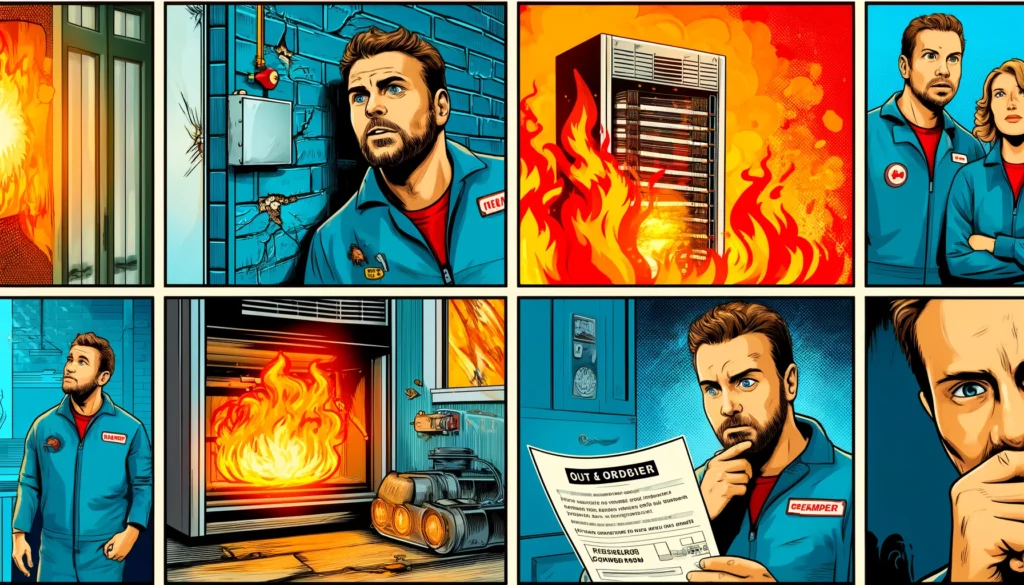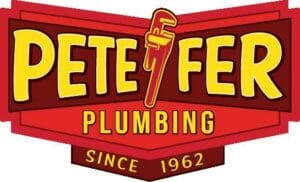
A heat exchanger is a device that allows heat to transfer from one fluid (liquid or gas) to another without the two fluids mixing. Commonly found in heating, ventilation, and air conditioning systems (HVAC), boilers, and various industrial and engineering processes, its main function is to efficiently transfer heat while maintaining separation between the internal fluids and the external environment.
A cracked heat exchanger in an HVAC system, particularly in a furnace, can be dangerous for several reasons:
- Carbon Monoxide Poisoning: One of the most serious risks is the potential for carbon monoxide (CO) to leak into the home. CO is a colorless, odorless gas that can be deadly at high levels. Cracks in the heat exchanger can allow CO produced during the combustion process to escape into the air circulated throughout the home instead of being vented outside.
- Fire Hazard: Cracks can also pose a fire risk. If the heat exchanger is damaged, it may not contain the combustion process properly, potentially allowing flames or intense heat to escape, which could ignite nearby combustibles.
- Inefficiency and Increased Utility Costs: A damaged heat exchanger can reduce the efficiency of your heating system, leading to higher fuel consumption and increased heating costs.
- System Failure: Over time, a cracked heat exchanger might lead to complete system breakdown, requiring expensive repairs or full replacement.
Given these risks, it’s important to have regular maintenance checks by a qualified technician who can identify and address such issues before they become hazardous.

